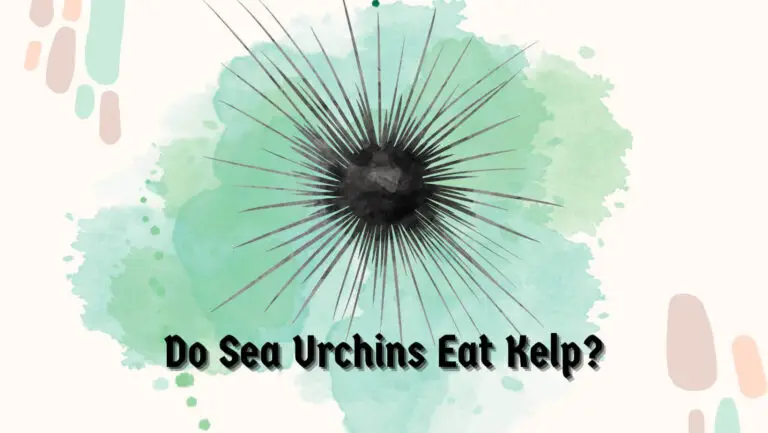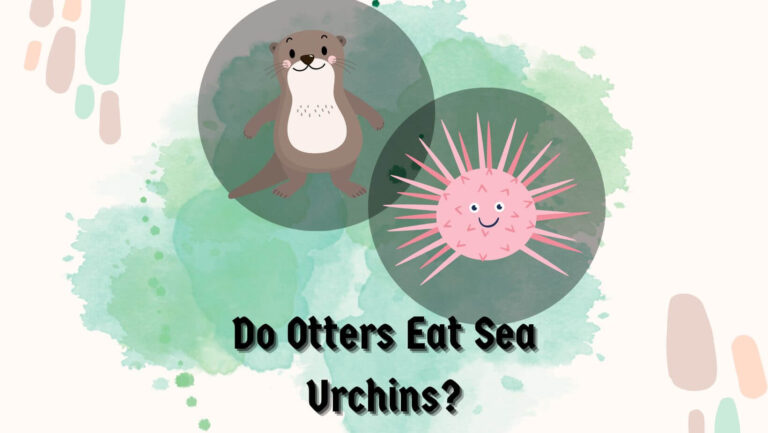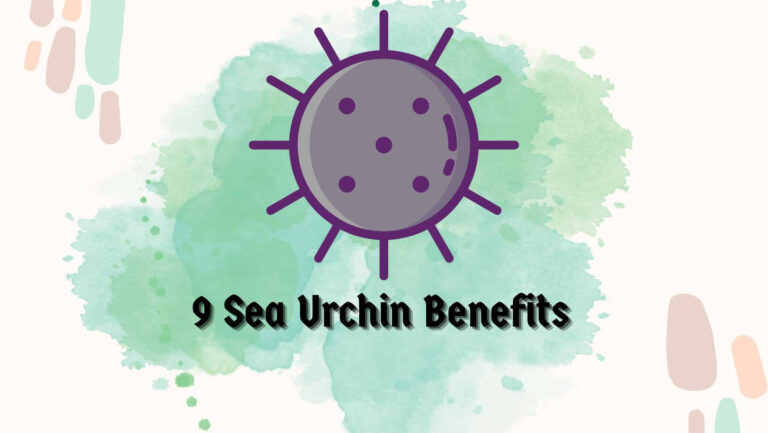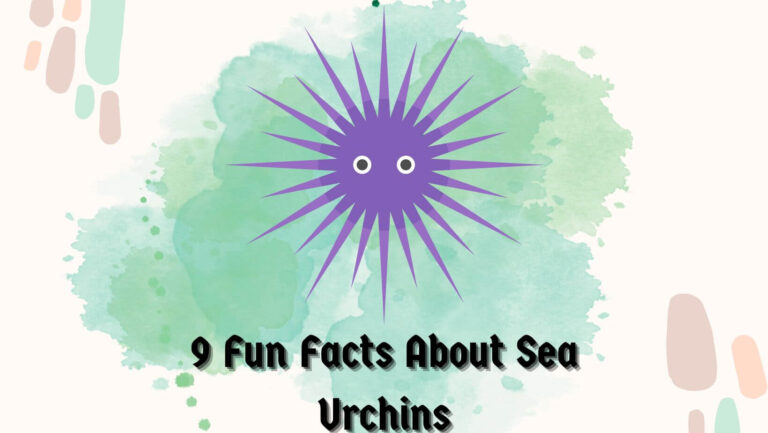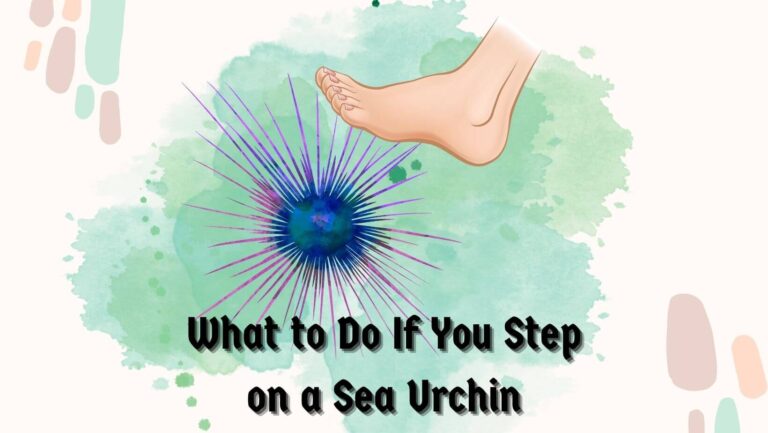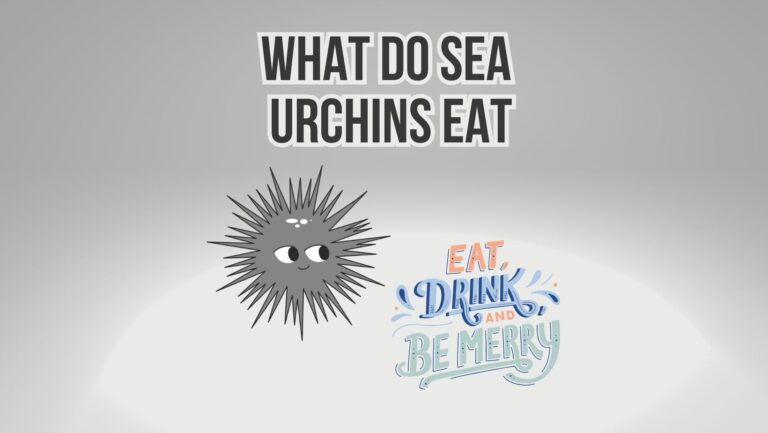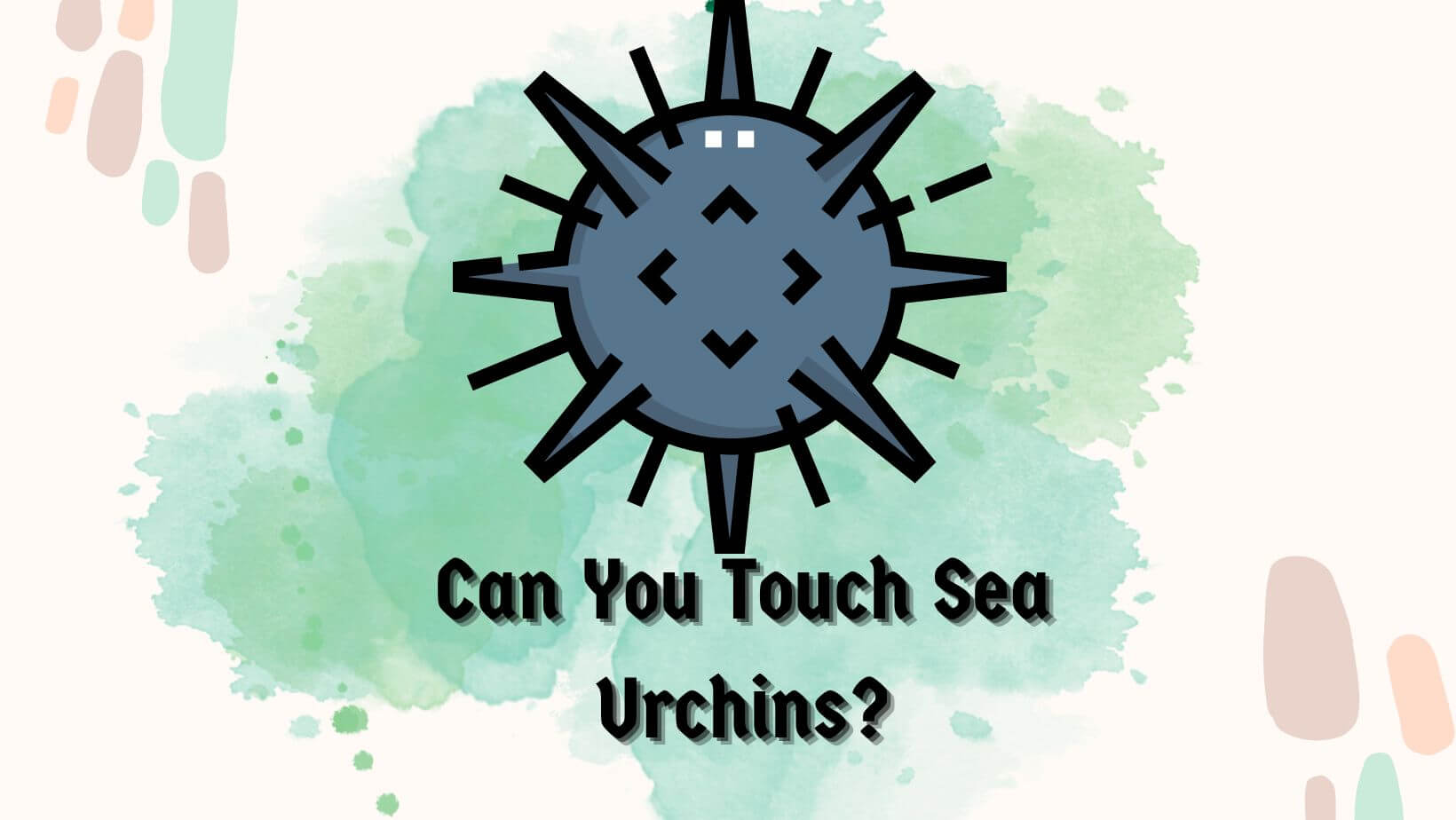
People are cultivating sea urchins also for their high price. However, nowadays, few have also been seen keeping sea urchins captivated due to their fascinating and curious nature.
Even though sea urchins come with a unique appearance and carry an intriguing behavior that raises the curiosity of both beachgoers and scientists, you might want to know if it is safe to touch them. In this article, I am not only going to answer.
Can you touch sea urchins? But also about their pretty defense mechanisms? We will also assess the safety of touching them and discuss the interaction with nontoxic sea urchins.
Later on, we will be delving into keeping sea urchins as pets. Let’s start with the first cook and the basic question: can you touch sea urchins?
Table of Contents
Can You Touch Sea Urchins?

Depending upon the species, you can touch sea urchins. If it’s a purple sea urchin, you can safely touch them without any precaution. However, avoid toxic ones that look very vibrant or have unusual coloration.
Also, toxic urchins tend to have longer and thicker spines than nontoxic ones. It can be difficult to differentiate between toxic and nontoxic sea urchins without consulting a professional.
This is why I recommend you avoid touching the sea urchins at all. If the sea urchins look very vibrant or have a very unusual color pattern compared to others, make sure to avoid those.
Brightly colored Sea urchins like red or orange can be considered a potential indicator of toxicity, but not all carry toxins. Therefore, it’s important to note that not all brightly colored sea urchins carry toxins. Consider, reading “Are Black Sea Urchins Poisonous?” to about the black ones
Also, you should know that sea urchins have been noticed to develop longer, thicker spines compared to non-toxic ones. The spines of the toxic species may also have a unique shape, like being pointed or jagged.
A few sea urchins may also exhibit warning signs like constipation, marking, or pattern to deter predators. If you notice unusual markings like stripes, bands, or spots on the sea urchins that contrast with the rest of their bodies, you must also avoid those.
Consider consulting with the local expert if you are in a specific region. They may be the best ones to help you gain knowledge about the presence of sea urchins that might be toxic in that particular area.
You should never attempt to touch any sea urchin without consulting a local marine biologist or experienced fisherman who can provide valuable insights and help you identify the toxic ones, especially if you are new to that area.
Whenever you are considering interacting with sea urchins, it is also important that you know how to handle them and take proper precautions. The spines of sea urchins can cause you injuries if you don’t handle them with care & attention.
I highly recommend you wear protective gloves, especially when touching them. Also, consider wearing a water shoe that can protect you from sea urchins if you are getting into the sea where they are abundant.
Also, handle them gently and avoid making any sudden movement that may accidentally result in a prick from their spine.
The Prickly Defence Mechanism
As you might have noticed, sea urchins pose unique defense mechanisms in the form of their spines, so you must avoid touching them. You should know that these spines are defining characteristics of sea urchins that serve multiple purposes.
Yes, you heard it right. Before you think these are only for protection from predation, you are not wrong. This spine not only helps our dear sea urchins to protect themselves from predation but also helps in locomotion.
Generally, it supports and protects the softer body of the sea urchins. These spines tend to be composed of calcium carbonate, which protects against potential predators, especially fish or sea otters, making it difficult for them to approach or attack the sea urchins.
Few species of searching have also been seen taking the defense mechanism one step further by having toxins or venom in their spine. It cannot only cause extreme pain but can also result in swelling.
Not only this but you may also. Experience other harmful effects if you come across one with direct contact. You should also note that their toxicity level may vary depending on the species. Therefore, you must exercise precautions when handling them, especially those known to be venomous.
Interaction with Sea Urchins
Touching a nontoxic sea urchin will provide your unique sensory experience, but you must do it correctly. If you want to appreciate their fascinating texture and form, wear gloves before touching them.
Also, to touch them safely, consider gently placing your hand on the sea urchins and applying minimum pressure. It would help if you avoided excessive force; otherwise, you might get hurt from the spine.
You should also note that touching sea urchins is not the only way to appreciate them or enjoy the sensation of their spine. You can also observe sea urchins without direct touch, as it still offers a rewarding experience.
If you just observe them in the natural environment, you will witness some graceful movements and their feeding habits. This passive interaction will also help you appreciate sea urchins while minimizing potential risks.
You May Also Like Reading
Sea Urchins as Pets
It is possible if you are truly captivated by sea urchins and want to keep them as pets in an aquarium. However, you must understand their requirements and the consideration involved in maintaining a suitable environment for these delicate and fascinating creatures.
You should know that not all such sea urchins can be kept in captivity. Some might have specific needs, which can be challenging to replicate in an environmental aquarium setting.
However, if you want to keep sea urchins as a pet, you follow proper guidelines for handling and touching them. Ensure they have a safe and suitable environment that is paramount for your sea urchins’ well-being.
To do that, you can also take the help of experienced people or consult with experts. You can also research to ensure you meet all the specific needs of the sea urchin species you choose to keep as a pet.
Conclusion
Even though few species can be touched safely, you should still consult with an expert if you don’t know much about them. No matter how intrigued you feel to touch them, exercising caution and understanding the species you interact with is important.
As I told you earlier in the above sections, some species may post venoms or toxins in their spine, which can cause health risks to you. However, it doesn’t mean you can’t touch them. You are learning the characteristics of nontoxic sea urchins and following appropriate handling precautions to experience interacting with this Marine creature.
As I told you, touching is not the only way to appreciate them. You can also observe them in their natural habitat to witness their beauty and behavior without direct contact.
However, if you’re passionate about sea urchins and preparing to keep them as a pet, it can be a rewarding experience. But it also requires significant consideration and others to proper guidelines.
If you need to gain experience in keeping any pet in an aquarium, avoid keeping sea urchins at all. I hope I have given you all the information you need to know about keeping sea urchins as pets and whether you can touch them.
If you feel this article is informative and helpful, consider sharing it. Your share will help many people learn about the answer to the intriguing question: can you touch sea urchins or not?
Check out our other helpful guide on sea urchins shared on this website, which is fun to read. See you in the next post, till then, take care & goodbye.

